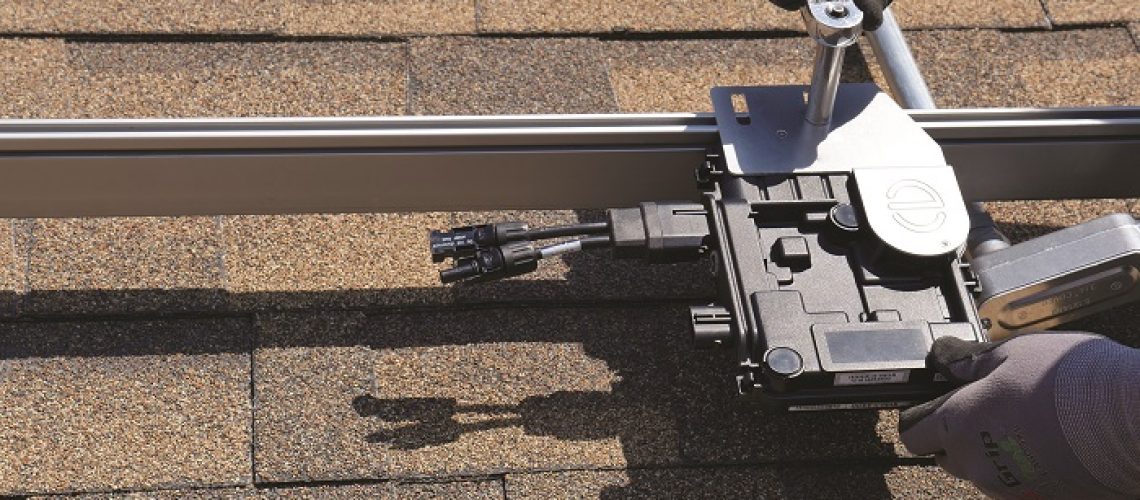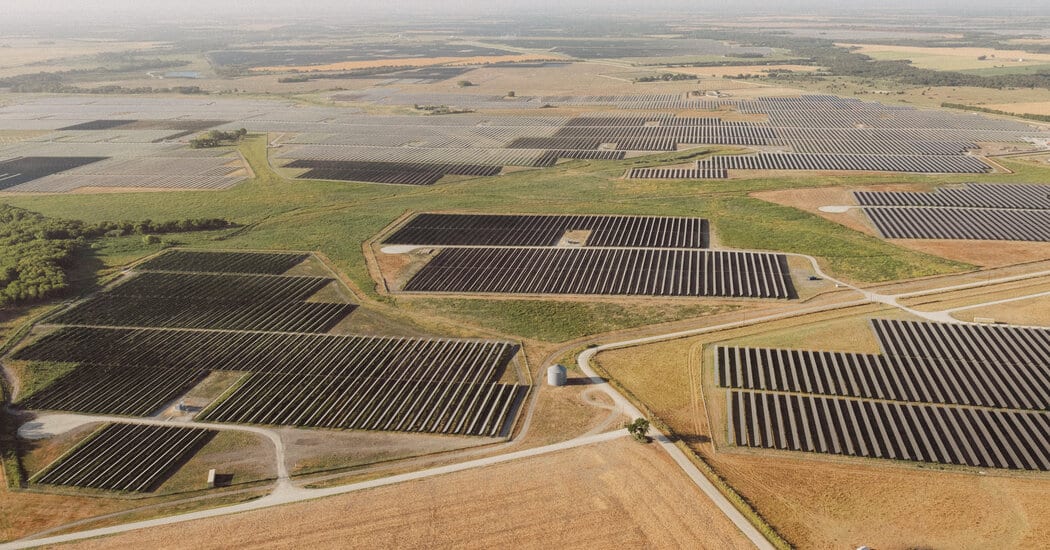Requiring smart inverters will enable more customers to install rooftop solar and storage without paying for grid upgrades. New Mexico also enabled interconnection of more storage by following guidance in the Interstate Renewable Energy Council’s BATRIES report.
New Mexico will require smart inverters for new distributed solar and storage, joining several other states in doing so, starting next March.
The new requirement aims to help utilities meet rising customer demand to install rooftop solar and storage, as some utility circuits are considered “at saturation” and unable to accommodate new interconnections without significant upgrades and substantial costs, said the New Mexico Public Regulation Commission, in its final order.
While the state’s largest utility, PNM, offers an online hosting capacity map showing which distribution circuits have room for rooftop solar, regulators said in their order that “what solar customers and developers saw most was a large sea of red of constrained areas, especially in areas that were fast growing and where customers desired rooftop solar.”
Requiring smart inverters can make room for more distributed solar and storage by helping control voltage on a distribution circuit. That makes some grid upgrades designed to control voltage unnecessary. California and Hawaii have required smart inverters for several years, with good results.
Enabling more distributed solar and storage is especially important in New Mexico, regulators said, due to the state’s recent Energy Transition Act, which calls for 50% renewable electricity by 2030, and its Community Solar Act. Together these laws “have set the state on a course to more effectively integrate distributed energy generation and storage,” they said.
Interconnecting storage
New Mexico regulators said they sided with distributed generation developers, not utilities, in choosing “a comprehensive revamp of the interconnection rule and screening processes” as proposed by the Interstate Renewable Energy Council (IREC), “drawing in part on some provisions of IREC’s BATRIES report.”
An IREC statement says New Mexico’s new rules create “pathways that will make it easier” to interconnect distributed solar-plus-storage and standalone storage, as the rules now “recognize the concepts of ‘non-export’ and ‘limited-export’ projects,” and provide specific review processes for these cases. The rules also guide how to evaluate the potential impacts of “inadvertent export,” IREC said, which can occur while an export control device responds as on-site load drops off.
Several different technologies are available to control a project’s export, IREC said, and while they can be deployed on solar-only systems, they are “particularly valuable for systems with energy storage.” For example, when a solar system is coupled with energy storage, the system is “often designed such that the solar and storage will not export simultaneously.”
Until now, in New Mexico as in many other states, IREC said that “utilities would just study a project as though it exported all of its power to the grid,” even if it was designed to prevent that export.




